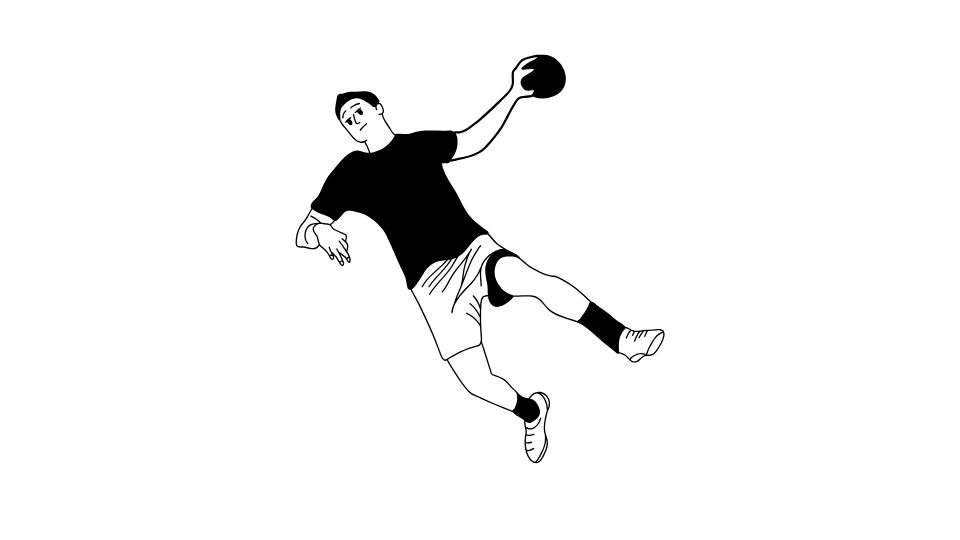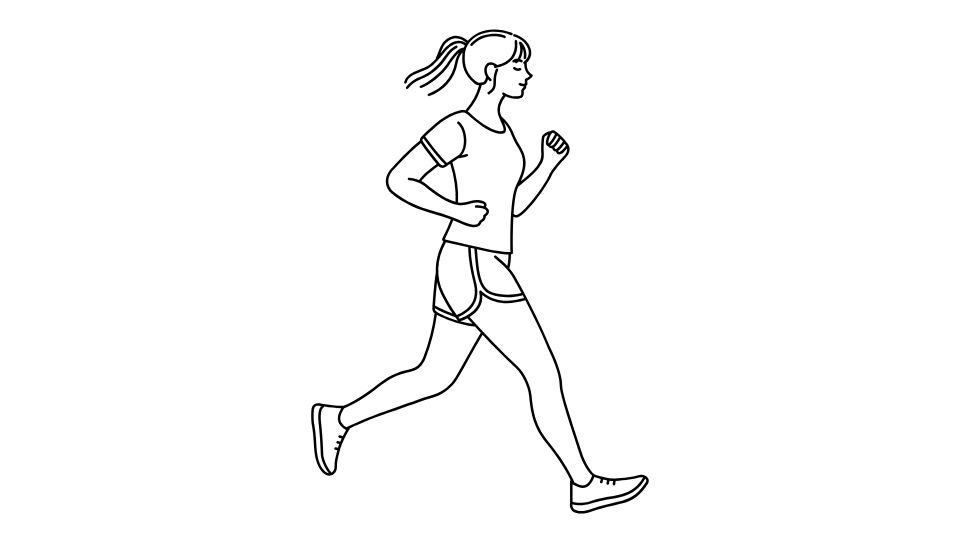Ever wondered if that protein shake is actually helping your performance? Or if your pre-game meal is giving you the edge you need?
Turns out, what you eat (and when you eat it) matters a lot more than most athletes realize. And no, I’m not talking about just “eating clean” – I’m talking about strategic nutrition that can be the difference between a good performance and a great one.
Let’s dive into how meal tracking can supercharge your athletic performance, what science says about nutrient timing, and how to make it work for you without going crazy counting every almond.
Why You Should Track Your Meals (If You’re Serious About Sports)
Athletes burn through calories and stress their muscles in ways that regular gym-goers don’t. That means your nutritional needs are in a different league too.
Simply “eating healthy” isn’t enough when you’re pushing your body to its limits. You need to know exactly what fuel you’re putting in the tank.
Here’s why tracking matters:
- Making sure you get enough carbs to keep your glycogen tanks full (especially important if you’re doing anything longer than an hour)
- Getting the right amount of protein to build and repair muscles (without overdoing it and stressing your kidneys)
- Balancing vitamins and minerals that keep your immune system strong and bones healthy (no one performs well when they’re sick or injured)²
- Timing your meals around workouts for maximum energy during training and faster recovery after
Think of meal tracking as the difference between driving with your eyes closed and eyes open. Sure, you might get where you’re going by accident, but why take the risk?
The Science of When to Eat (It’s Not Just What You Eat)

Timing is everything in sports – and the same goes for your nutrition.
The when of eating can be almost as important as the what. It affects key hormones like insulin and cortisol that determine whether nutrients go toward building muscle or storing fat.
For example, eating carbs and protein within the “anabolic window” after training:
- Reduces muscle breakdown
- Speeds up glycogen replenishment
- Kickstarts muscle repair
During longer events (90+ minutes), consuming carbs during activity helps keep energy levels stable and pushes back the wall of fatigue.
Research suggests aiming for 60-90g of carbs per hour during endurance events, ideally from a mix of glucose and fructose sources to maximize absorption.³
And yes, “carb loading” is real science – not just an excuse to eat pasta. But it needs to be done right, and tracking helps ensure you hit the right numbers.
How Tracking Helps You Reach Your Performance Goals

Beyond just fueling workouts, meal tracking helps athletes manage their body composition without tanking their performance.
Here’s the deal:
- If you’re trying to cut weight for a weight class sport, tracking ensures you lose fat, not muscle
- If you’re bulking up for football or rugby, tracking helps add quality mass, not just get fatter
- For endurance athletes, tracking prevents the dreaded RED-S (Relative Energy Deficiency in Sport) which can destroy performance and health
Hydration tracking is also crucial – even slight dehydration (2% body weight) can significantly impact performance. Yet most athletes overlook this completely.
The best part about tracking? It’s objective. No more guessing if you’re eating enough protein or wondering why you bonked during that race. The data tells the story.
Best Apps for Athlete Meal Tracking in 2025

There are tons of nutrition apps out there, but some work better for athletes than others:
| App | What Makes It Great | Best For |
|---|---|---|
| MyFitnessPal | Huge food database, barcode scanner | All-around tracking |
| Cronometer | Detailed micronutrient tracking | Nutrition nerds who want ALL the data |
| Eat 2 Win | Specifically designed for athletes | Sports professionals |
| Lose It | Smart camera identifies foods | Visual trackers |
| MealByMeal | Text-based logging (no app needed) | Busy athletes who hate apps |
MealByMeal stands out because you can just text your meals – no app to open, no barcode to scan. Perfect for athletes who are busy enough without adding another app to their routine.
It still tracks all your calories and macros, just through texting instead of an app interface.
Practical Tips to Make Meal Tracking Work for You
- Be consistent but not obsessive – track everything for a few weeks to establish patterns, then you can ease up if needed
- Focus on the big rocks first – protein and total calories matter more than worrying about whether that apple was medium or large
- Plan around workouts – time carbs and protein to fuel performance and recovery
- Adjust based on training load – eat more on heavy training days, less on rest days
- Don’t forget fluids – track water intake, especially in hot weather or during intense training
Remember, the goal is to use tracking as a tool, not become a slave to it. Some days you’ll be perfect, others you won’t. Progress over perfection.
The Future of Nutrition Tracking for Athletes

We’re just scratching the surface of what’s possible with nutrition tracking. Soon, we’ll likely see systems that:
- Connect with wearables to adjust recommendations based on your actual exertion
- Identify micronutrient deficiencies before they affect performance
- Create AI-powered meal plans tailored to your specific metabolic response
- Track inflammation markers to optimize recovery nutrition
For now, even basic tracking puts you ahead of 90% of recreational athletes who are still guessing about their nutrition.
Bottom Line: Track to Win
Meal tracking is the difference between hoping your nutrition supports your performance and knowing it does.
Whether you use a comprehensive app like MyFitnessPal, a detail-oriented system like Cronometer, or the super-convenient text-based MealByMeal approach, what matters is consistently gathering data about your nutrition that you can use to improve.
The athletes at the top of their game aren’t just training harder – they’re fueling smarter. And that starts with knowing exactly what’s going into their bodies and when.
Start tracking, and you might be surprised at the performance gaps you’ve been missing all along.
Want to try the simplest approach to meal tracking? Check out MealByMeal’s text-based system that lets you track meals without the hassle of opening another app.




Leave a Reply